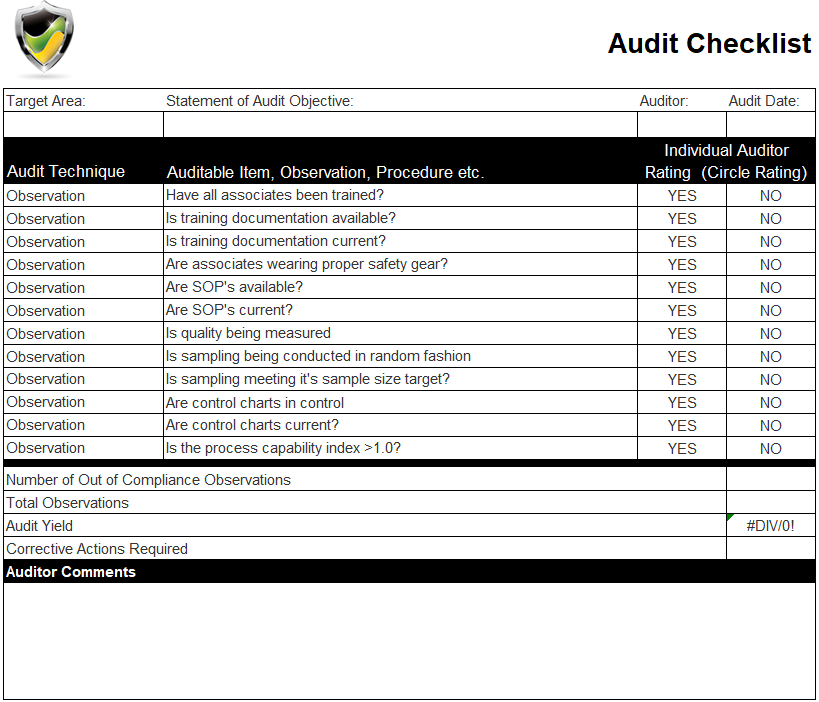5 Steps to Playwright Testing
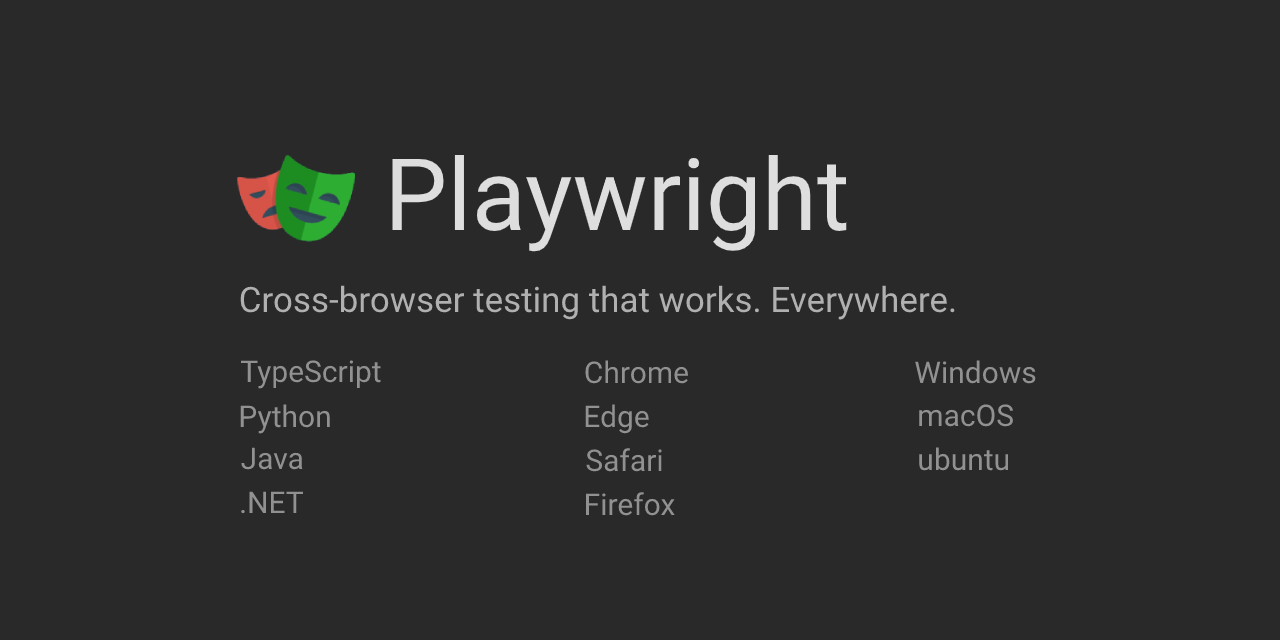
Playwright Testing is an innovative approach to software testing, offering a robust and efficient solution for developers and quality assurance professionals. This comprehensive guide will walk you through the five essential steps to implement Playwright Testing in your development process, ensuring a streamlined and effective testing strategy.
Understanding Playwright Testing
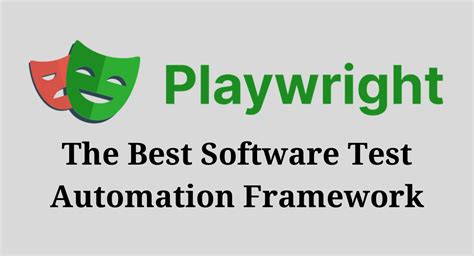
Playwright Testing is a powerful open-source testing framework that provides a seamless testing experience across multiple browsers and platforms. It allows developers to write automated tests that are not only efficient but also highly flexible. By simulating real user interactions, Playwright Testing ensures a thorough evaluation of your application’s functionality and user experience.
Step 1: Installation and Setup
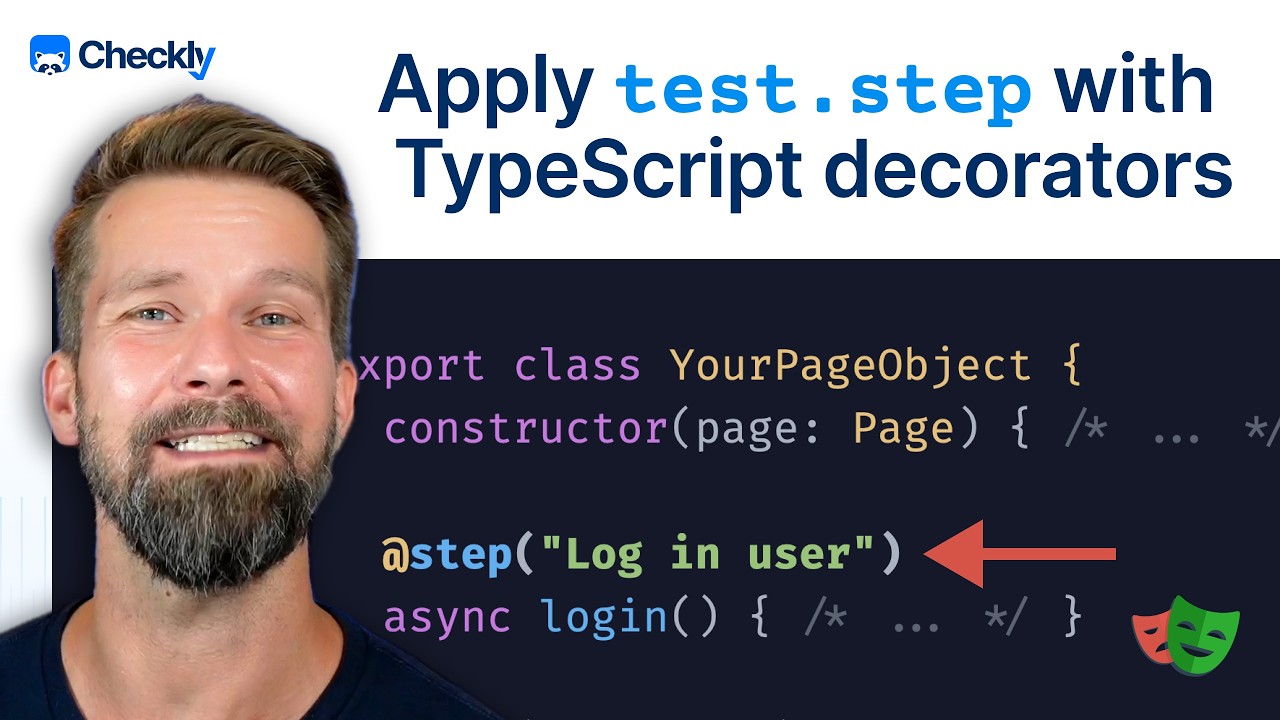
The first step in harnessing the power of Playwright Testing is a straightforward installation process. Playwright offers cross-platform support, making it accessible to a wide range of developers. Simply choose the installation method that suits your environment, whether it’s a package manager like npm or a manual download.
After installation, initialize a new Playwright test project by running the npx playwright init command. This command will guide you through the setup process, creating a basic test structure and configuring the necessary files. It’s a simple yet crucial step to ensure a smooth testing experience.
Example: Installation on macOS
Here’s a step-by-step guide to installing Playwright on a macOS system:
- Open your terminal and ensure you have Node.js installed. You can check this by running node -v in the terminal.
- If Node.js is not installed, download and install it from the official website.
- Install Playwright using the command: npm install –save-dev @playwright/test.
- Initialize a new test project with: npx playwright init.
- Follow the prompts to choose your preferred test framework and configure your project.
Step 2: Writing Your First Test
Now that you’ve set up your Playwright environment, it’s time to write your first test. Playwright supports multiple testing frameworks, allowing you to choose the one that best fits your project’s needs. Whether you prefer Jest, Mocha, or Vitest, the process is straightforward.
For instance, if you opt for Jest, you can create a new test file with the .spec.js extension. Inside this file, you can write your test using Playwright’s API. Here’s a basic example:
// my-first-test.spec.js
const { test, expect } = require('@playwright/test');
test('My first test', async () => {
const browser = await playwright.chromium.launch();
const context = await browser.newContext();
const page = await context.newPage();
await page.goto('https://example.com');
await page.locator('input[name="username"]').fill('john_doe');
await page.locator('input[name="password"]').fill('secret_password');
await page.locator('button[type="submit"]').click();
// Add more test steps as needed
await browser.close();
});
This example demonstrates a basic login test, simulating user actions on a web page. Playwright's locator API is used to interact with specific elements on the page, making it easy to test various interactions.
Step 3: Running Tests
Once you’ve written your tests, it’s time to execute them. Playwright offers a command-line interface (CLI) that simplifies test execution. You can run your tests using the npx playwright test command, which will automatically discover and execute your test files.
For example, to run all tests in your project, you can simply run: npx playwright test. This command will execute tests for all browsers and provide detailed reports on test results.
Parallel Testing
Playwright supports parallel testing, allowing you to run multiple tests simultaneously. This significantly speeds up your testing process, especially when dealing with large test suites. To enable parallel testing, you can use the –headed flag in your test command. For instance: npx playwright test –headed.
Step 4: Debugging and Troubleshooting
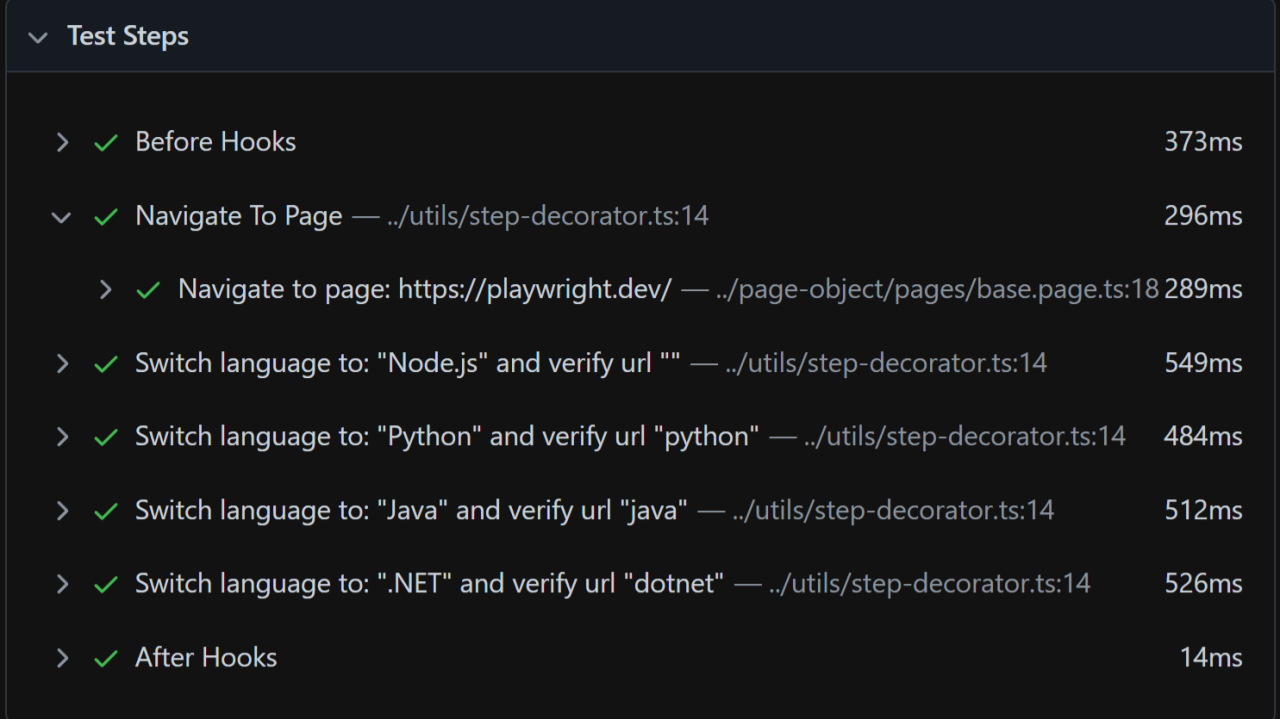
As with any testing framework, debugging and troubleshooting are essential skills. Playwright provides powerful tools to help you identify and fix issues. The console.log function is a valuable debugging tool, allowing you to log messages and inspect the state of your tests.
Additionally, Playwright offers a built-in trace viewer, accessible by passing the –trace flag when running tests. This viewer provides a visual representation of your test execution, making it easier to identify and resolve issues. You can also use the –debug flag to pause the test execution and interact with the browser manually.
Example: Debugging with Trace Viewer
To use the trace viewer for debugging, run your tests with the –trace flag: npx playwright test –trace=trace.zip. This will create a trace file, which you can then open using the Playwright Trace Viewer. The viewer provides a detailed timeline of your test execution, helping you pinpoint any issues.
Step 5: Continuous Integration and Deployment
Integrating Playwright Testing into your continuous integration (CI) and deployment pipeline is a crucial step towards automating your testing process. By automating tests, you can catch issues early in the development cycle, ensuring a higher quality product.
Playwright integrates seamlessly with popular CI tools like Jenkins, GitHub Actions, and CircleCI. You can configure your CI pipeline to run Playwright tests automatically on every code change, providing immediate feedback on the impact of your changes.
Example: Integration with GitHub Actions
Here’s a basic example of how you can integrate Playwright Testing with GitHub Actions:
name: Playwright Tests
on: [push]
jobs:
test:
timeout-minutes: 60
runs-on: ubuntu-latest
steps:
- uses: actions/checkout@v2
- uses: actions/setup-node@v2
with:
node-version: '14'
- run: npm install
- run: npx playwright install --with-deps
- run: npm run test
This example sets up a GitHub Action that checks out your repository, installs Node.js, installs project dependencies, and runs Playwright tests. By integrating Playwright Testing into your CI pipeline, you ensure that your application remains stable and bug-free as it evolves.
What browsers does Playwright Testing support?
+Playwright Testing supports the major web browsers, including Chromium-based browsers (like Google Chrome and Microsoft Edge), Firefox, and WebKit (like Safari). This cross-browser support ensures your tests are thorough and cover a wide range of user environments.
Can Playwright Testing handle mobile testing?
+Yes, Playwright Testing supports mobile testing by leveraging the capabilities of mobile emulators and simulators. You can write tests that simulate user interactions on mobile devices, ensuring your application performs well across different platforms.
How does Playwright Testing compare to other testing frameworks?
+Playwright Testing stands out for its simplicity, flexibility, and cross-browser support. While other frameworks may have specific strengths, Playwright offers a balanced feature set, making it a versatile choice for developers. Its powerful locator API and support for parallel testing make it a top choice for efficient testing.

